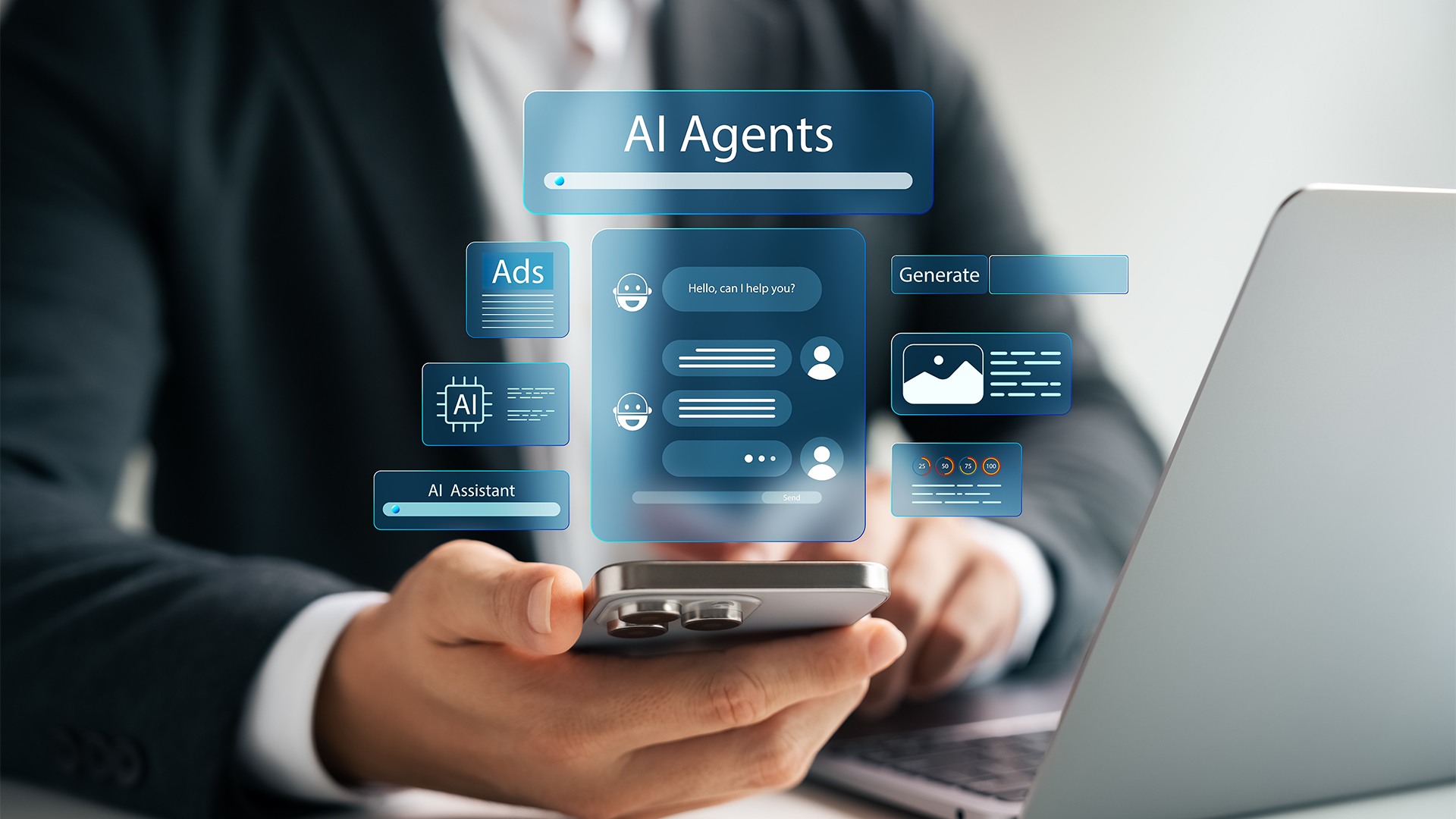
By Roberto Hortal, Chief Technology Officer at Wall Street English
From customer service chatbots to recruitment tools and creative brainstorming assistants, Artificial intelligence (AI) is rapidly becoming a workplace staple. But as we welcome this digital ‘co-worker’ into our teams, we must consider how we ensure AI respects and understands the intricacies of different cultures.
While the potential for AI to revolutionise industries is celebrated, its role in navigating cultural contexts raises significant questions, and it’s important not to be overly reliant on it.
What businesses need to be aware of
AI systems, particularly large language models, are trained on vast amounts of data scraped from the internet. This data includes not only factual information but also cultural biases, assumptions, inappropriate content, and sometimes offensive language. When applied to business operations, communications, or decision-making, these AI models risk perpetuating cultural insensitivities or misunderstandings, which can be particularly problematic in professional settings such as education or work.
For instance, a customer service bot or an AI language tutor might use idioms or references that are perfectly acceptable in one culture but offensive in another. It might struggle with concepts like sarcasm or humour that vary widely across countries. In some cases, the AI might inadvertently broach topics that are taboo in certain cultures, creating uncomfortable or inappropriate interactions for people.
The risks extend beyond mere misunderstandings. Cultural insensitivity can lead to reinforcing stereotypes, causing offense, or even sparking conflict among teams, clients, or stakeholders from different backgrounds.
Practical steps for culturally intelligent AI
Despite these challenges, several ways can be explored to make AI more culturally aware and sensitive:
- Use detailed prompts when interacting with AI – these prompts can include specific instructions about cultural contexts, appropriate topics, and language use. For example, a prompt might specify the user’s cultural background, language level, and any sensitive topics to avoid. This helps the AI adjust its responses to fit different cultural settings.
- Train AI models with carefully curated datasets that reflect cultural diversity and sensitivity – This process, while time-consuming and resource-intensive, can create AI systems that are more attuned to cultural nuances. It involves selecting and vetting training data to ensure it represents a wide range of cultural perspectives and is free from offensive or biased content.
- Adapt AI for specific cultural contexts – Cultural norms vary globally, so AI systems should be customised for different regions. Creating tailored versions or features that reflect local customs and sensitivities helps ensure relevance and respect. While real-time cultural adaptation remains a work in progress, it’s a key area of ongoing development.
- Use multiple AI agents, each with a specific role – for instance, one might focus on language instruction, while another specialises in cultural context and appropriateness. These agents work together to provide a more culturally sensitive experience. This allows for more careful handling of cultural issues.
- Work with experts – To ensure cultural accuracy and sensitivity, it’s important to involve cultural experts in the development and testing of AI systems. These experts can spot potential mistakes that might be missed by developers and guide AI to use appropriate language and topics for specific cultures.]
- Build trust and prioritise ethical responsibility – Protect users, especially minors, from harmful content by applying strict filters and age-appropriate controls. Ensure robust data privacy and security protocols to prevent misuse. Be transparent about the capabilities and limitations of AI systems, and offer users control over their experience by allowing opt-outs or custom settings. These actions promote safe, respectful, and culturally aware interactions
- Test and monitor – Cultural intelligence isn’t a one-time fix. Ongoing testing with cultural and sector-specific experts helps identify inappropriate or biased responses. Beta testing with real users can reveal how the AI performs in diverse settings. Continuous monitoring—using automated flagging systems and user feedback tools—ensures issues are caught early and improvements are made over time.
Humans must be front and centre
While these strategies can significantly help, it’s important to be aware that AI has limits in truly understanding culture. Culture is complex, always changing, and deeply human. An AI, no matter how advanced, may never fully grasp the subtleties of cultural interaction in the way a human can. That’s why human oversight remains very important in AI-driven interactions. AI can’t and shouldn’t replace humans – it is simply a tool to augment and empower. This means regularly auditing AI responses and interactions to ensure they remain appropriate and sensitive. It also means continuously training and updating AI systems based on new cultural developments and feedback from users.
Having humans available to handle complex cultural discussions or sensitive topics is essential across various professions and contexts for example in education, customer service, and healthcare. These experts need to step in when AI reaches its limits in understanding or navigating cultural complexities. They can also provide a human touch that AI cannot replicate, offering empathy, personal experiences, and in-depth explanations of cultural practices and beliefs.
Preventing Misuse and Promoting Responsibility
AI’s power can be exploited, particularly through attempts to “jailbreak” systems into generating harmful or culturally insensitive content. To prevent this, developers must embed strong safeguards, establish clear usage policies, and educate users about responsible behaviour and the consequences of misuse. Proactive monitoring and transparent response procedures are essential to keeping interactions safe and respectful.
Shaping the Future of Culturally Intelligent AI
As AI advances, so will its ability to interpret cultural nuance, adapt in real time, and support more inclusive global interactions. But this progress must be guided by human ethics, cultural expertise, and a commitment to preserving the richness of cultural exchange.
Creating truly culturally aware AI requires collaboration between developers, cultural experts, and users. While AI may never perfectly understand culture like humans do, when paired with thoughtful design and ethical use, AI has the potential to bridge divides, foster empathy, and support respectful communication across cultures. The journey is ongoing—but with care and cooperation, AI can be a force for cultural connection, not division.



















